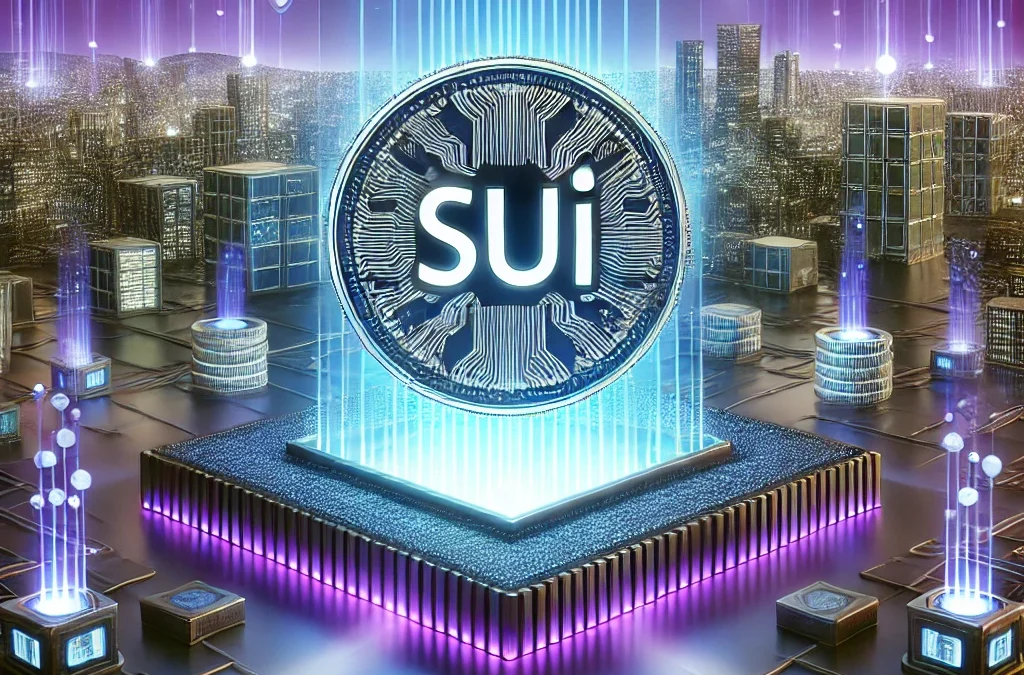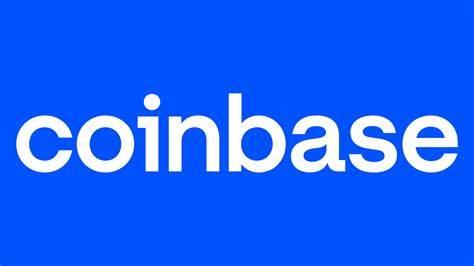Everything You Need to Know About SUI Blockchain and Its Native SUI Coin: Scalability, Performance, and Innovation
Sui is a layer-1 blockchain designed to offer scalability, high throughput, and low latency for decentralized applications (dApps). It stands out due to its distinctive design principles and consensus mechanisms, which aim to address some of the key challenges in blockchain scalability and performance.
SUI Pump and Opportunities
Here’s an overview of the Sui blockchain and its native coin:
1. Overview of Sui Blockchain
Sui is developed by Mysten Labs, a company founded by former engineers and researchers from Facebook’s Diem (Libra) blockchain project. The goal of Sui is to build a blockchain that can scale horizontally to support a vast number of users and applications without sacrificing security, decentralization, or performance.
2. Key Features of Sui Blockchain
Scalability: Sui uses a novel object-based data model and transaction parallelization to achieve unparalleled scalability. Traditional blockchains process transactions sequentially, which creates bottlenecks. Sui’s architecture allows independent transactions to be processed in parallel, significantly improving throughput.
Low Latency: Sui’s architecture also minimizes the time it takes for transactions to be finalized, offering low-latency performance. This is especially important for decentralized applications that require real-time interactivity, like gaming or DeFi applications.
Gas Fees Optimization: The network aims to keep transaction fees predictable and low. Sui’s gas fee system ensures fair pricing for transaction execution based on supply and demand dynamics.
Object-Centric Design: Unlike most blockchains that use an account-based model (like Ethereum), Sui employs an object-centric data model. Every asset on Sui is treated as an object that has its own history, which enhances traceability and management of assets.
Move Programming Language: Sui uses the Move programming language, which was originally developed by Facebook’s Diem project. Move is designed for safe and flexible smart contract development, emphasizing resource control and security.
Consensus Mechanism: Sui does not rely on a single consensus algorithm for all types of transactions. For simple, independent transactions, Sui avoids consensus entirely and leverages Byzantine fault tolerance (BFT) for more complex operations. This hybrid approach makes Sui highly efficient.
3. SUI Coin
Ticker: SUI
Native Token: SUI is the native cryptocurrency of the Sui blockchain and plays multiple roles in the ecosystem.
Roles of SUI Coin:
Gas Fees: SUI is used to pay for gas fees required to process transactions and execute smart contracts on the network.
Staking: Users can stake their SUI tokens to participate in the Proof-of-Stake consensus mechanism and earn staking rewards. Staking helps secure the network and allows users to contribute to its decentralized operation.
Governance: Holders of SUI tokens can participate in governance by voting on protocol upgrades, parameter adjustments, and other important decisions affecting the blockchain.
Network Economics: SUI is also used as a form of value exchange within dApps and the broader Sui ecosystem.
Supply and Distribution: The total supply of SUI is capped at 10 billion tokens. A portion of the tokens are allocated for the Sui Foundation, staking rewards, developer incentives, and ecosystem growth. The token distribution model ensures long-term network sustainability.
4. Technological Innovations
Parallel Execution: Unlike many blockchains that handle transactions in a serial manner, Sui supports parallel execution of transactions. This allows for greater throughput, especially in situations where transactions do not conflict with each other.
Optimized for Real-World Use Cases: Sui is specifically optimized for high-frequency applications such as gaming, decentralized finance (DeFi), and digital collectibles (NFTs), where performance and scalability are critical.
Dynamic Validation: Sui’s architecture allows validators to dynamically adjust the level of consensus needed for each transaction based on its complexity. This flexibility ensures that the blockchain doesn’t waste resources on simple, non-contentious transactions.
5. Use Cases of Sui Blockchain
Gaming: Given its low-latency and high-throughput design, Sui is particularly suitable for decentralized gaming platforms that require real-time interaction and a seamless user experience.
DeFi (Decentralized Finance): Sui’s scalability and efficiency make it ideal for DeFi applications that need to handle a large number of transactions quickly and affordably.
NFTs and Digital Assets: Sui’s object-centric model is highly suited for NFTs and digital assets since it can easily manage complex asset histories and ownership transfers.
Decentralized Applications (dApps): Sui’s infrastructure allows developers to create a wide variety of dApps with low fees, fast transaction times, and high scalability.
6. Move Programming Language
The Move programming language is central to Sui’s smart contract system. Move is designed for flexibility and security, particularly for managing digital assets. It has several features that help prevent common smart contract vulnerabilities, such as reentrancy attacks.
7. Sui vs. Other Blockchains
Sui’s biggest differentiator is its ability to scale horizontally. Traditional blockchains, such as Ethereum and Bitcoin, face issues with scalability due to their single-threaded nature. Layer 2 solutions have been implemented on Ethereum to address this, but Sui offers scalability directly at Layer 1, without the need for such add-ons.
Sui’s parallel transaction processing model gives it an edge over many other blockchains, including those like Solana, which focus on performance but still process transactions in a sequential order.
8. Community and Ecosystem
Developer Community: Sui has been actively building a developer-friendly ecosystem with support for developers to build dApps, DeFi products, and gaming platforms on its blockchain.
Partnerships and Collaborations: Mysten Labs has established various partnerships and collaborations to accelerate the adoption of the Sui blockchain. The ecosystem is expected to grow as more developers and projects start building on Sui.
9. Challenges and Future Developments
While Sui has made significant progress in terms of scalability and performance, it is still in the early stages of adoption. As with any blockchain, it faces challenges such as building a large, active community, attracting more developers to use the Move language, and competing with established blockchains like Ethereum, Solana, and others.
However, Sui’s focus on optimizing for specific use cases like gaming and DeFi, along with its innovative architecture, positions it well for future growth.
Conclusion
Sui is a promising blockchain project aimed at solving some of the core issues in blockchain scalability and performance. Its native token, SUI, plays a crucial role in the network, facilitating transactions, governance, and staking. With a solid foundation, cutting-edge technology, and a strong focus on real-world use cases, Sui could become a major player in the blockchain space, particularly for decentralized applications that require high throughput and low latency.



